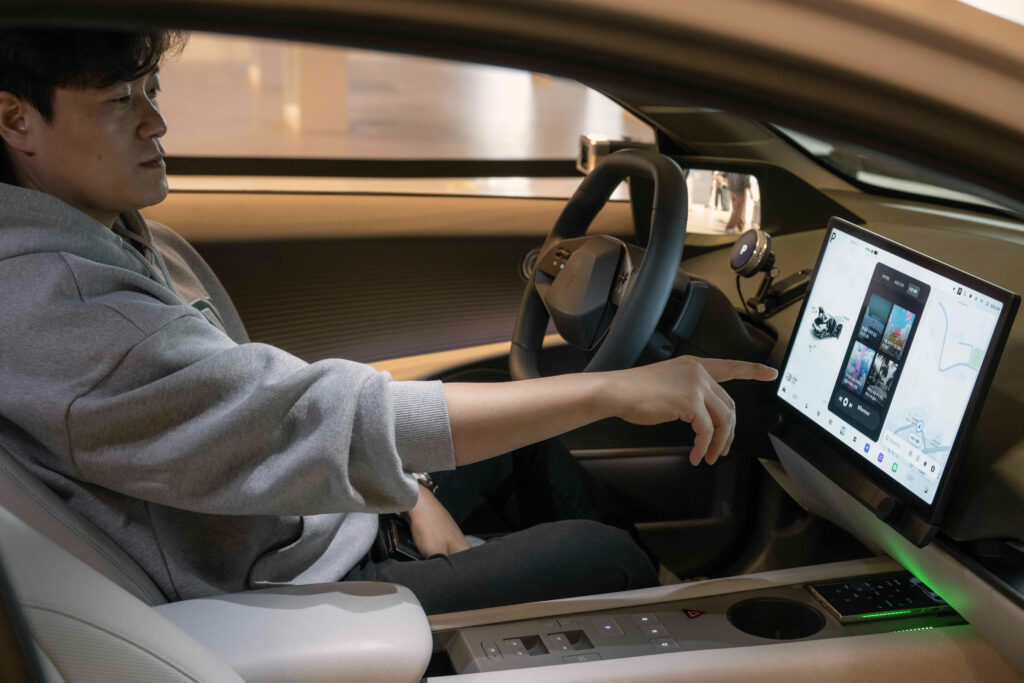Hyundai Motor Group announced ts commitment to launching software-defined vehicles (SDVs) by 2028. The initiative marks a pivotal transformation from hardware-centered automotive design to intelligent, software-driven mobility solutions. The first model to feature this cutting-edge SDV technology will be Hyundai’s Purpose-Built Vehicle (PBV)—a customized vehicle engineered for specific operational needs.
What Is an SDV?
An SDV (Software-Defined Vehicle) manages and controls its core functions through advanced software rather than traditional hardware systems. This technology allows over-the-air (OTA) updates via an integrated vehicle operating system, enabling continuous improvement of vehicle functions such as autonomous driving, infotainment, and safety features throughout the vehicle’s lifespan.
This shift positions Hyundai Motor Group among global automakers racing toward software-first strategies to gain a competitive edge in the era of autonomous and connected mobility.
Hyundai’s SDV Production Timeline
Hyundai Motor Group has officially set the roadmap for SDV development and mass production:
- 2025 (Second Half): Hyundai will develop the first batch of SDV Pace Cars—test vehicles used to validate and refine software and system integration.
- 2028: Launch of the first SDV mass production model, starting with PBVs.
The SDV Pace Car development is a collaborative effort led by Hyundai and Kia Advanced Vehicle Platform (AVP) headquarters, in partnership with the Namyang Research Institute R&D Headquarters. An initial production volume of 200 to 300 SDV Pace Cars is planned, which will undergo rigorous performance testing at Hyundai’s major R&D hubs.


PBV: The First Step in the SDV Revolution
Hyundai’s Purpose-Built Vehicles (PBVs) are tailor-made for specialized applications—whether logistics, ride-hailing, or delivery. Unlike conventional vehicles, PBVs are optimized from design to production for specific use cases, making them ideal platforms for debuting advanced SDV technologies.
Following successful integration and evaluation using SDV Pace Cars, the fully refined technology will power the PBV production model. Hyundai Motor Group aims to make PBVs the cornerstone for its transition to an all-SDV lineup post-2028.
Pleos OS: The Brain Behind Hyundai’s SDV
At the core of Hyundai’s SDV vision is Pleos OS, a proprietary vehicle operating system developed in-house. Pleos OS enhances the performance of software functions by integrating high-performance computing (HPC) units with modular hardware components, significantly reducing the need for costly hardware controllers.
Key Features of Pleos OS:
- Advanced OTA update capabilities
- AI-powered autonomous driving support
- Real-time data processing from smart sensors
Hyundai’s SDV platform is also designed to function without LiDAR, relying instead on smart radar, cameras, and AI algorithms to understand road geometry and traffic conditions—even without high-definition (HD) maps.
The Future of Hyundai Vehicles Post-2028
Starting with the PBV, Hyundai Motor Group plans to expand SDV integration across its entire vehicle lineupafter 2028. This transition promises a new era where vehicles are no longer static machines but dynamic, upgradable mobility platforms capable of evolving over time.
Final Thoughts
Hyundai Motor Group’s strategic move into software-defined vehicles signals a transformative era in automotive innovation. With the development of the SDV Pace Car, the debut of PBVs, and the rollout of Pleos OS, Hyundai is not just keeping pace with the future—it’s helping define it.

